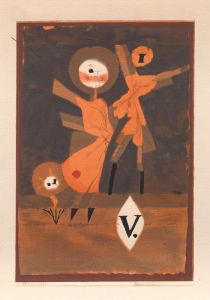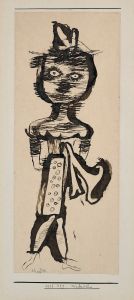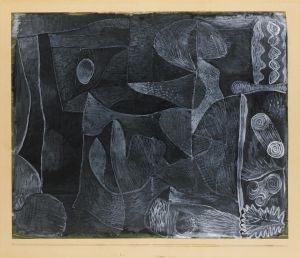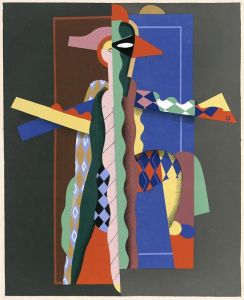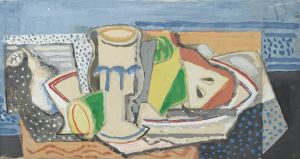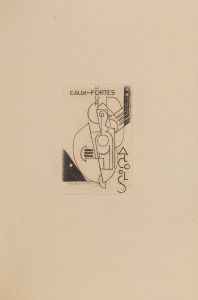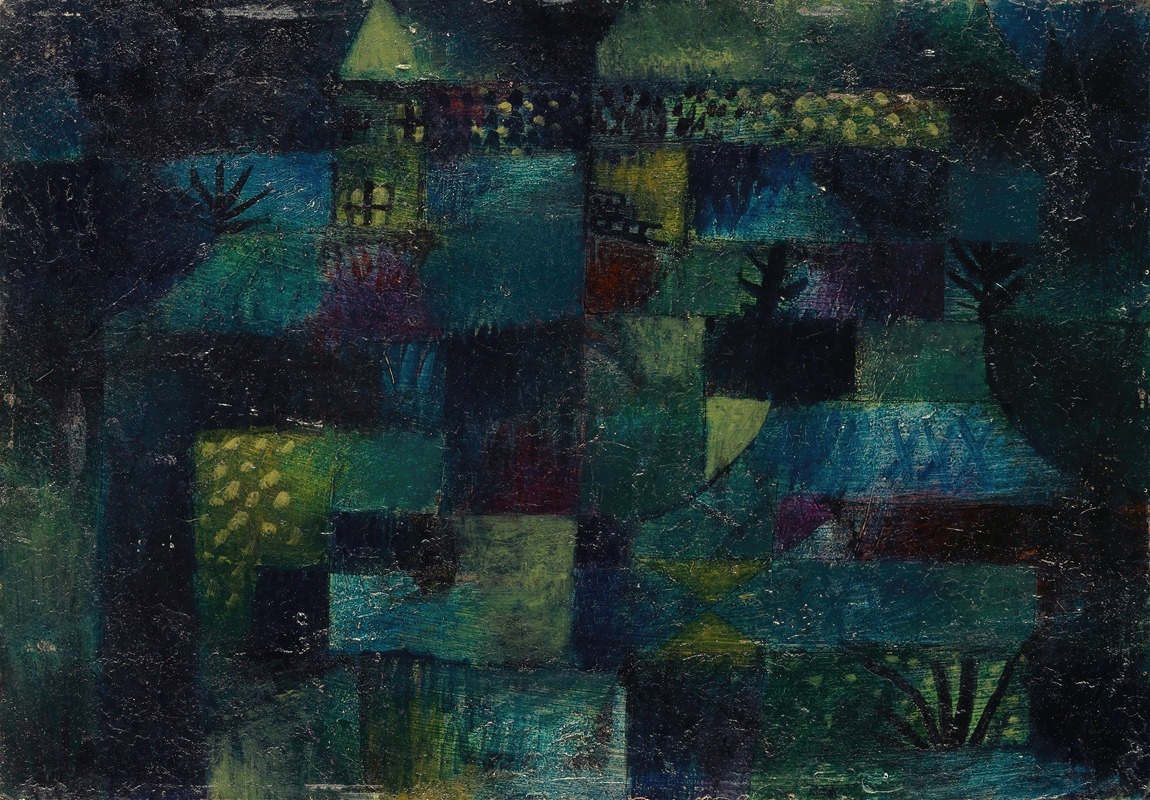
Terraced garden
A hand-painted replica of Paul Klee’s masterpiece Terraced garden, meticulously crafted by professional artists to capture the true essence of the original. Each piece is created with museum-quality canvas and rare mineral pigments, carefully painted by experienced artists with delicate brushstrokes and rich, layered colors to perfectly recreate the texture of the original artwork. Unlike machine-printed reproductions, this hand-painted version brings the painting to life, infused with the artist’s emotions and skill in every stroke. Whether for personal collection or home decoration, it instantly elevates the artistic atmosphere of any space.
Paul Klee's Terraced Garden (Gartenterrassen) is a notable painting created in 1920 by the Swiss-born German artist, who is widely recognized as one of the most influential figures in modern art. This work exemplifies Klee's distinctive style, which blends abstraction, symbolism, and a playful use of color and form. The painting reflects Klee's fascination with nature, architecture, and the interplay between geometric and organic shapes.
Terraced Garden was produced during Klee's tenure at the Bauhaus, the influential German art school where he taught from 1921 to 1931. Although the painting predates his official start at the Bauhaus, it demonstrates the experimental approach to form and color that would become central to his teaching and artistic practice. During this period, Klee was deeply engaged in exploring the relationships between structure and spontaneity, as well as the ways in which art could evoke emotional and spiritual responses.
The composition of Terraced Garden features a series of layered, geometric shapes that suggest the layout of a garden with terraces or steps. The forms are arranged in a rhythmic, almost musical pattern, with a harmonious balance of warm and cool colors. Klee's use of color in this work is particularly striking; he employs a palette of earthy tones, such as ochres, greens, and browns, interspersed with brighter accents. This careful modulation of color creates a sense of depth and movement, inviting viewers to explore the painting as if navigating a physical space.
Klee's artistic philosophy often drew upon his belief that art should not merely replicate the visible world but should instead reveal deeper, unseen realities. In Terraced Garden, this approach is evident in the way the painting abstracts the concept of a garden into a symbolic and imaginative representation. The work does not depict a specific location but rather conveys the essence of a terraced garden through its interplay of shapes, colors, and textures.
The painting is part of Klee's broader body of work, which includes over 9,000 pieces created during his lifetime. His art was influenced by a wide range of sources, including nature, music, poetry, and non-Western art forms. Klee's innovative techniques and ideas have left a lasting impact on modern art, and his works continue to be celebrated for their originality and depth.
Today, Terraced Garden is housed in the collection of the Kunstsammlung Nordrhein-Westfalen in Düsseldorf, Germany. The museum holds an extensive collection of modern and contemporary art, and Klee's work is a highlight of its holdings. The painting remains an important example of Klee's ability to merge abstraction with a sense of playfulness and poetic expression.





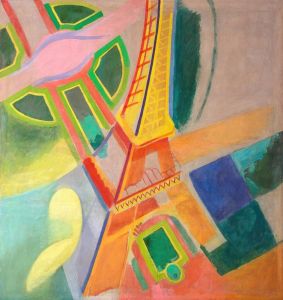
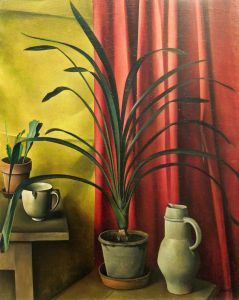
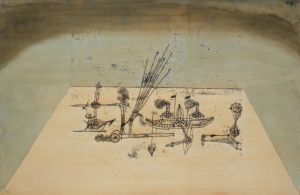
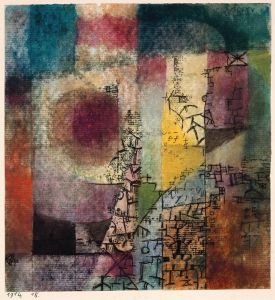
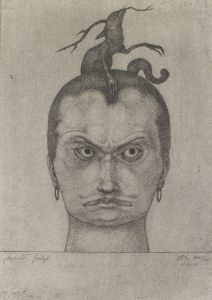
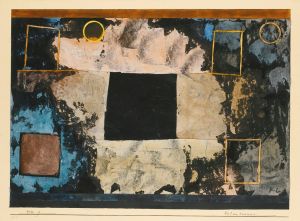
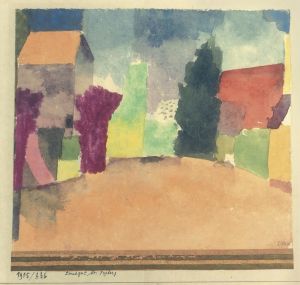
![Abstract. Red and Green Gradation [with some cinnibar in vertical format]](/imgs/217150/s/paul-klee-abstract-red-and-green-gradation-with-some-cinnibar-in-vertical-format-c035e638.jpg)
